After my first trip to Europe in 2013, I found out that castles with military history quite fit my fancy — think of dungeons, armories… the works! Besides, I have always been fascinated with historical accounts that relate to war; hence the reason why I am also into anything and everything that’s related to the World Wars! (This doesn’t mean, of course, that I’m into violence and warfare. I simply like this aspect of the past because of the various emotions, lessons, stories, tactics, and perspectives involved.) (Chateau de Chenonceau)
That aside… I cannot deny the charming hold of castles or palaces that were privately owned by royalty and/or nobles in the past. Just glancing at colorful gardens, glittering banquet halls, and spiraling towers instantly make my heart swoon! So of course, when it comes to these types of places in Europe, one cannot forget the wondrous Loire Valley that’s speckled with various breathtaking châteaux!
Loire Valley
Located in the middle stretch of the Loire River in France, the Loire Valley spans 280 kilometers and it is often called the ‘Cradle of the French‘ or the ‘Garden of France‘ mainly because of the great presence of fruit orchards, fields, and vineyards along the river.
Now, much like what you’ve learned in economics and in history, any area that’s near a body of water is bound to be a great spot for progress and so the Loire Valley was truly a strategic area in the past. Because of this fact, a lot of nobility have built extravagant castles and fortresses in this part of France which now leads us to today’s famed: ‘Châteaux of the Loire Valley‘. (Yep, it’s a part of France that’s speckled with stunning numbers of châteaux so it’s also aptly called the ‘Valley of the Kings‘!)
TRIVIA: The châteaux and the whole central region itself is even listed as a UNESCO World Heritage Site as it perfectly depicts thousands of years’ worth of rich architecture, art, and agriculture features.
Therefore, other than heading to the Loire Valley for its ‘wine culture’, it’s a great destination for when you’re looking for the splendor of French châteaux.
We stumbled into this beauty while my friend and I were doing our first ever ‘EuroTrip’ together back in August 2013 and it was quite an experience!
» Castles = Châteaux?
A château is primarily a manor, residence, or country house of nobility that can be with or without fortifications (making it as fortresses). But of course, the word sure château also means ‘castles’ in French that’s why if a distinction is needed, they usually use the term: château fort.
There’s also what is called ‘palais‘ but in French, it’s mainly used when referring to grand manors in the city so it’s slightly different from the term ‘palace’ in English (which doesn’t make a specific requirement of having such a residence in an urban place).
Chateau de Chenonceau
Photo by: Benh LIEU SONG via Flickr / CC
There are over hundreds of châteaux in the Loire Valley that were built between the 10th and 20th centuries. With such a big number, obviously, as travelers, we are often after the best ones due to limitations of time and money; so when it comes to that, I can definitely recommend a must-see for your Loire Valley itinerary: the Chateau de Chenonceau!
Arched over the Ricer Cher near the small village of Chenonceaux, it is one of the best-known châteaux of the Loire Valley and it is termed as the “Women’s Castle” since it is the only castle in the region that has been built, inhabited, and saved by women during the Renaissance.
TRIVIA: Other than the Royal Palace of Versailles, the Chateau de Chenonceau is the most-visited château in France!
.
ENTRANCE FEE: €11 for adults / €8.50 for children 7 to 18 and students.
» History of Chateau de Chenonceau
To help you understand why this château was primarily run by women, here’s an overview of its historical timeline:
13th Century: Chenonceau belonged to the Marques family and they built a château and mill on the site in the 1430s after it was torched in 1412.
1513: Thomas Bohier, Chamberlain to King Charles VIII of France, purchased the castle from Pierre Marques and while he was rebuilding it, his wife Katherine Briçonnet often supervised most of the work.
1535: The château was seized from Bohier’s son by King Francis I of France due to unpaid debts to the kingdom.
1547: After King Francis’ death, King Henry II offered the château as a gift to his mistress, Diane de Poitiers, and she did a lot of work on the estate: attaching an arched bridge to join it to the opposite bank and setting up exquisite gardens in four sections.
1559: After King Henry II’s death, his widow Catherine de’ Medici forced Diane to exchange the Chateau de Chenonceau for the Château Chaumont with her. In this time, Catherine added several more gardens, a gallery, a service wing, and several sets of rooms.
1589: When Catherine died this year, the château was transferred to her daughter-in-law, Louise de Lorraine-Vaudémont, wife of King Henry III.
1773: A wealth squire named Claude Dupin bought the château and his wife, Louise Dupin, saved the property from destruction during the French Revolution by proving how essential it was for travel and commerce as “being the only bridge across the river for many miles”.
1864: A rich heiress, Marguerite Pelouze, acquired the château and she commissioned a lot of changes in the structure that it ended up making her broke — and so, the château ended up being seized and sold.
1891: A Cuban millionaire, José-Emilio Terry, bought Chenonceau from Pelouze. Terry sold it to a family member, and later on in 1913, it was sold to Henrie Menier who is a member of the Menier family (known for their chocolates) and he still owns it today!
» In Photos
Basically, this is how the estate looks like, and it’s really huge and well-surrounded by gardens (and even a labyrinth!) that were built by the women who used to inhabit it over the years:
Photo by: Dennis Jarvis via Flickr / CC
Inside, the ground floor comprises the hall entrance, the guard room, a chapel, Diane de Poitiers’ bedroom, Louis XIV-inspired living room, the study of Catherine de Medici, a 60-meter long stunning gallery, and King François I’s bedroom. On the side, a staircase leads down to the basement where the pantry or kitchen is found.
Upstairs though you will find more rooms such as that of Catherine Briçonnet’s Hall, the Five Queens’ Bedroom (in memory of the ladies in the Medici family), Catherine de Médici’s bedroom, an Estampes Exhibition Room, Cesar of Vendôme’s bedroom, and Gabrielle d’Estrée’s bedroom. Lastly, the third floor has Louise de Lorraine’s bedroom.
Photo by: Dennis Jarvis via Flickr / CC
» Travel Guide
It’s preferable to rent a car in order to not only explore the Loire Valley but that of Chateau de Chenonceau. Nevertheless, public transportation is doable — albeit a bit challenging. Your best bet is to go by train given that Chenonceaux is a stop on the regional TER trains that link to Tours and Bourges (with the station almost next to the castle entrance).
It will take about 30 minutes from Tours and about 2 hours from Bourges, and the trains are generally available every two hours; however, it’s important to check the schedules online from these websites: Oui SNCF (Europe) or RailEurope (USA & Rest of the World).
Another option is to join guided Loire Valley tours that are often done from places like Paris!

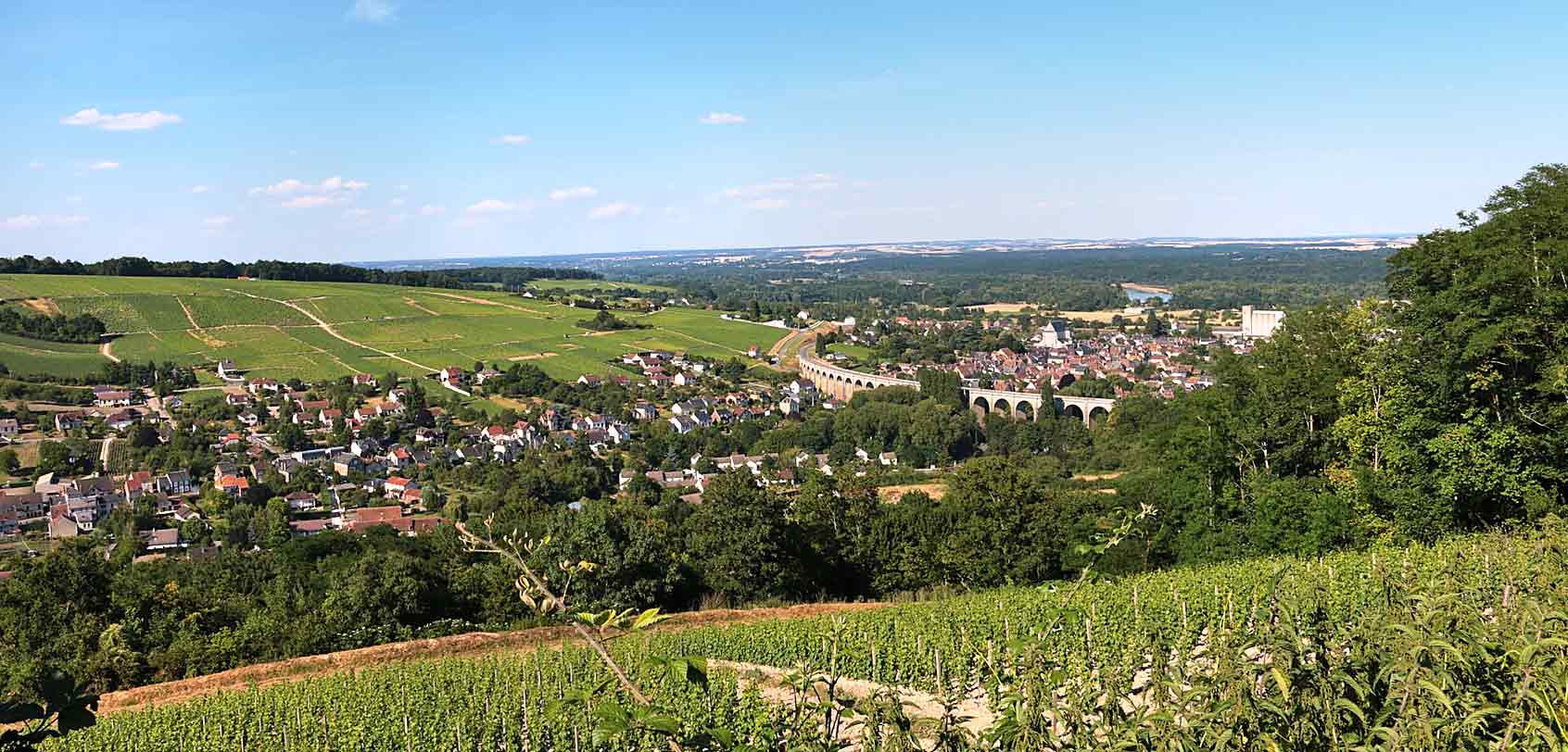
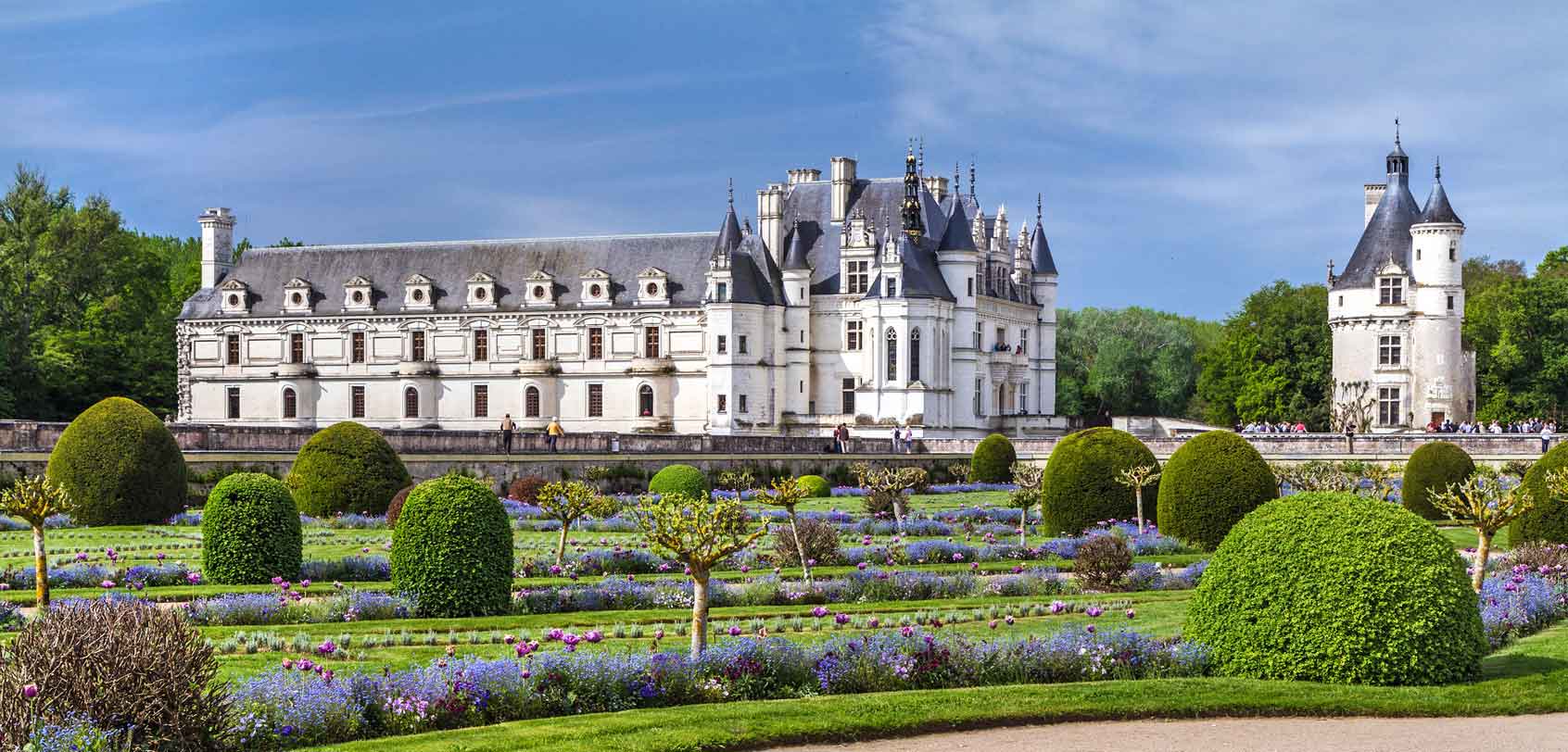
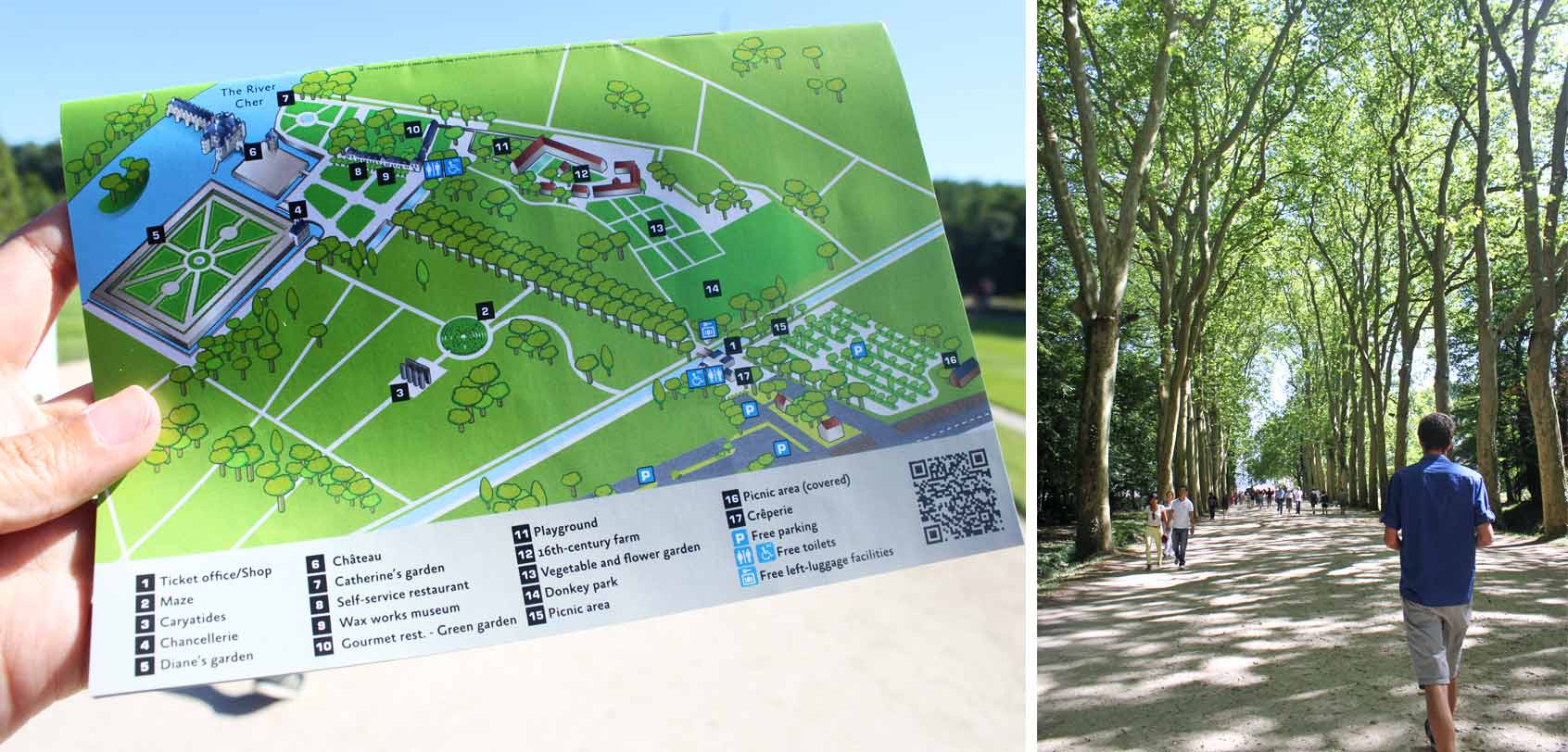

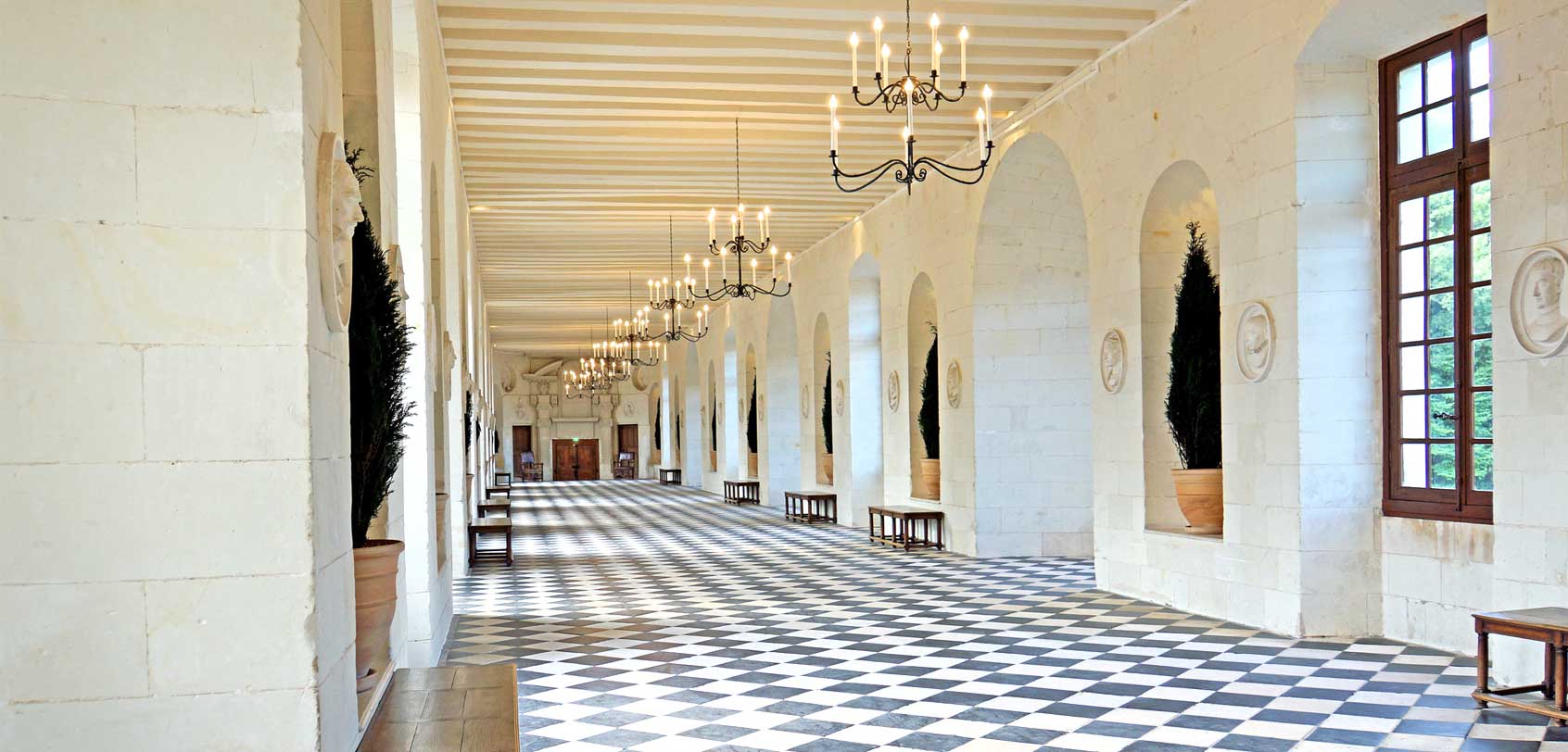
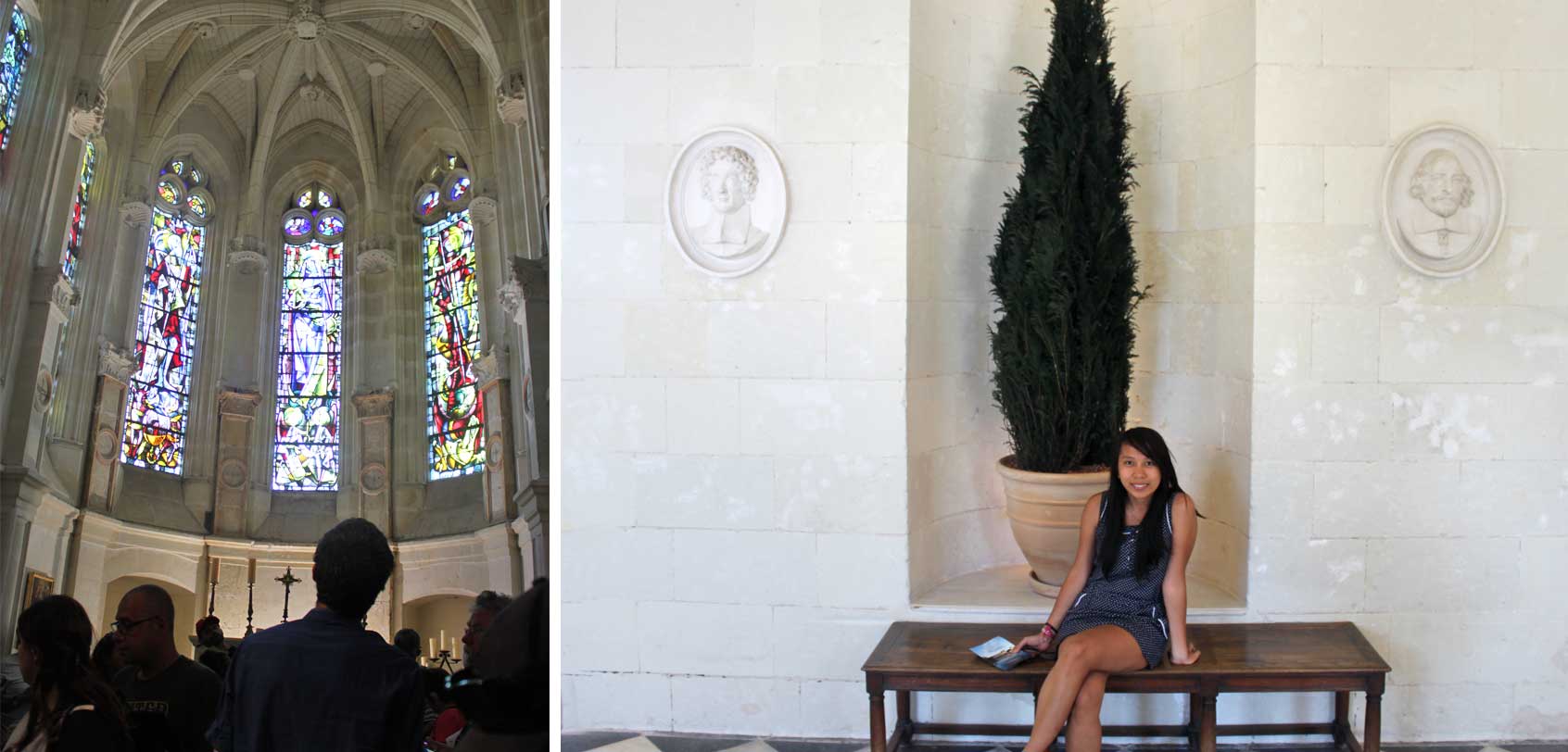
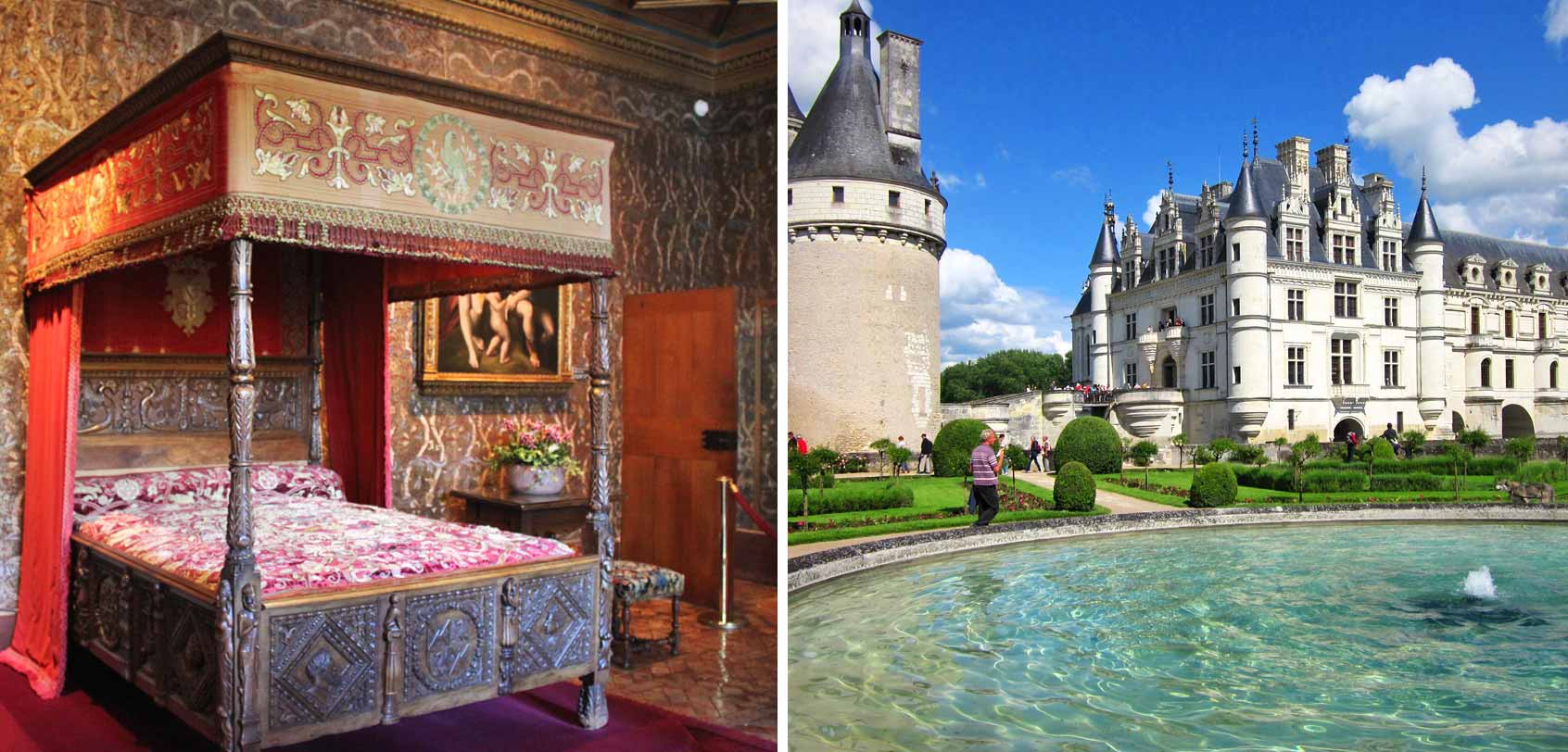
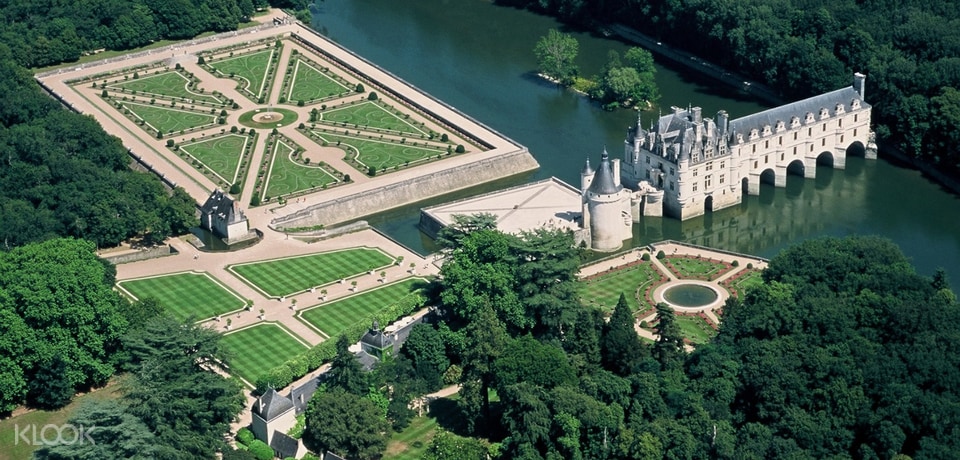
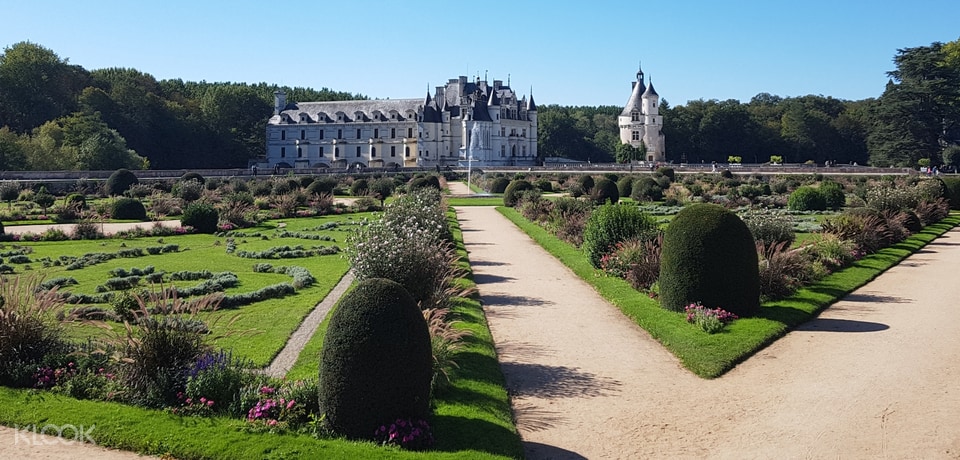


Hi! Is it possible to take external photographs of the castle without buying a ticket?
I will appreciate the information!
I think it’s a bit hard because entry to the garden is part of the entrance fee. Unless you have an amazing zoom lens, then maybe it’s possible from afar. Otherwise, to get a proper photo, you’ll need to pay the entrance fee. Hope that helps!
Ok thank you!
How are you able to afford traveling to so many amazing places?
Hey Victoria, you can learn more about how I am able to afford this lifestyle here: https://iamaileen.com/how-i-can-afford-to-travel-around-the-world/
Mainly, it’s due to this blog ^_^
What a beautiful castle! I love European architecture, so this is absolutely stunning to me. Sounds like it was incredible to walk around and admire the intricate details of both the interior and exterior of the manor. Awesome article :)
It really was an amazing experience! Thanks Nick :)
I’ve been able to see a few castles around Europe, each with their own different style. Germany has some pretty cool ones, but I wouldn’t mind exploring more French ones. Have you been able to visit any in Germany?
Europe is really a castle haven! And yep, I have seen some castles in Germany, like for example the famous Neuschwanstein. It was a beauty!
Thank you for the great virtual tour of this stunning castle. I can’t believe I haven’t been inside before. I will definitely add it to the list of “castles I need to see”. I’m sure I can convince Ryan to come as well. I’m sure he’d get a kick out of pretending to be King!
Haha, true! Anyone can feel like royalty just by stepping into these places ;)